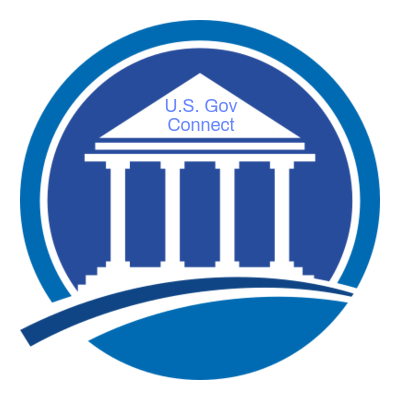The presence of PFAS in the environment has raised concerns regarding their potential impacts on human health. These chemicals have been linked to various adverse health effects, including liver damage, immune system dysfunction, and certain types of cancer. Due to their widespread use in consumer products, such as non-stick cookware, waterproof fabrics, and firefighting foams, exposure to PFAS has become a significant environmental and public health issue.
Recognizing the urgent need to address the challenges posed by PFAS, scientists, policymakers, and environmental advocates are looking for ways to effectively tackle these persistent chemicals. Here are some strategies being employed to combat PFAS contamination:
1. Regulating PFAS: Governments around the world are implementing regulations to restrict the use of PFAS and to establish limits on their presence in drinking water and other environmental compartments. These regulations aim to reduce the release of PFAS into the environment and protect public health.
2. Research and monitoring: Extensive research and monitoring efforts are underway to better understand the sources, fate, and transport of PFAS in the environment. This includes studying their toxicology, developing analytical methods, and assessing their impacts on ecosystems and human health. Such knowledge is crucial for implementing effective mitigation strategies.
3. Developing treatment technologies: Scientists and engineers are actively working on developing innovative treatment technologies to remove PFAS from contaminated water and soil. Advanced methods like activated carbon filtration, ion exchange, and electrochemical oxidation are being explored for their effectiveness in removing PFAS compounds.
4. Remediation of contaminated sites: Cleanup efforts are being focused on sites known to be heavily contaminated with PFAS. Various remediation techniques, including soil excavation, groundwater treatment, and in situ bioremediation, are being employed to remove or break down PFAS in affected areas.
5. Alternatives and substitution: Efforts are being made to find safer alternatives to PFAS in various industrial applications. By promoting the development and adoption of alternative chemicals and materials, the goal is to reduce the overall use and release of PFAS into the environment.
6. Public awareness and education: Raising awareness about the presence and potential risks associated with PFAS is crucial. Educating the public, industries, and policymakers on the importance of reducing PFAS use and implementing proper disposal practices can lead to a collective effort in mitigating the environmental and health impacts of these chemicals.
Tackling the challenges posed by PFAS requires a multi-faceted approach involving regulatory measures, scientific advancements, technological innovations, and public engagement. It is a complex task, but concerted efforts from various stakeholders can help in minimizing the release and impact of PFAS on our environment and public health. By working together, we can strive towards a future free from the persistent presence of PFAS chemicals in our surroundings.










